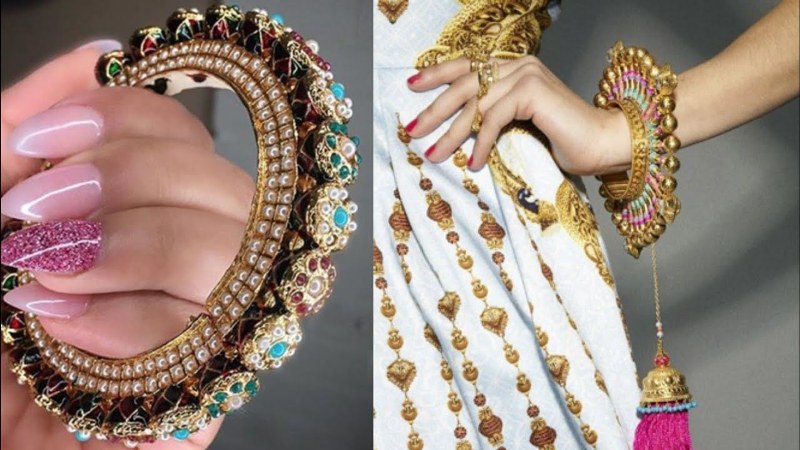If you’re a fashion blogger constantly writing about the latest clothing trend, avant-garde designs, and custom couture, you know that there comes a point when you feel ready to sell your own clothing line. Whether these are for a niche market, simple yet practical designs, or something as specific as designing for cosplayers, online fashion retail is definitely a viable business to start today.
However, it seems that there are still online fashion stores struggling to adapt to the changing consumer behaviour. It is becoming obvious that value proposition is not the only effective tool to use. An understanding of the difference between selling clothing and fashion, and the penchant for creating good content is key to succeeding in the online fashion industry.
The business of fashion and clothing

The difference between a fashion brand and a clothing brand is simple. A fashion brand aims to sell to people who want to be modish, in-trend. A clothing brand on the other hand aims to sell to people who wants nice clothes to wear, still modish, but affordable. Both of these cater to a different audience demographic and demand different marketing styles.
Creating an online fashion experience through content
Content is the driving force of online marketing, not just in the fashion but in all industries. We spend most of our time looking at our phones, digesting chunks of content through blog articles, social media posts, and videos. Not to mention, most buyers tend to pick brands who have clear identities, who are generous with what they know, and who involve their audience in the improvement of the brand.
Building a unique online fashion experience for your customers is then key to get their loyalty. Some fashion brands do this with curated content shared in social media channels and blog websites. All of this contributes to your brand’s perceived value, which is what differentiates your brand as a business of fashion or a business of clothing.
Whatever you choose for your brand, perceived value is going to guide you when you create your content. It is essentially what people believe your clothes are worth when they purchase it. Unlike the actual manufacturing value of your clothes, there is no real measurement for perceived value. It is an evaluative judgement by the consumer which factors in their attitude towards your brand, and ultimately, their loyalty.
Quick strategies to get you started
Let your photos do the talking
Just like with physical stores, your product display is what will catch the consumer’s attention. Right now, people are lot of more visual and are mindful of how photos look. When choosing how to curate your Instagram and Pinterest pages, think about what will set you apart from all the other online fashion stores.
For instance, if you have bright colours in your branding, you may choose those as alternating backdrops for your models. It pops out of the page and definitely gets attention. You may also choose a specific aesthetic to stick to like grunge, boho, or chic; then make sure all your photos are modelled and edited the same way.
Write about fashion

While fashion is largely an image-based business, there is no doubt that blog articles are also effective means to get the word out. Consider having a blog page on your own website and create content about everything your consumers need to know about how you see fashion, tips, tricks, and so on.
Make sure your content is optimised with keywords, includes really good images, and are shared incessantly in all social channels. This increases the chances of being on the first page of search engines and being read by a lot of people other than your target market.
However, you need to make sure that your website loads fast. The problem with image-based businesses is they tend to slow down loading time. Consider switching to a VPS hosting so that you wouldn’t have to worry about lag, and your high quality photos will be supported. Read more about VPS hosting here.
Let these guide you when you start your own online fashion retail store and find ways to shape how your brand is perceived by your target consumers.




